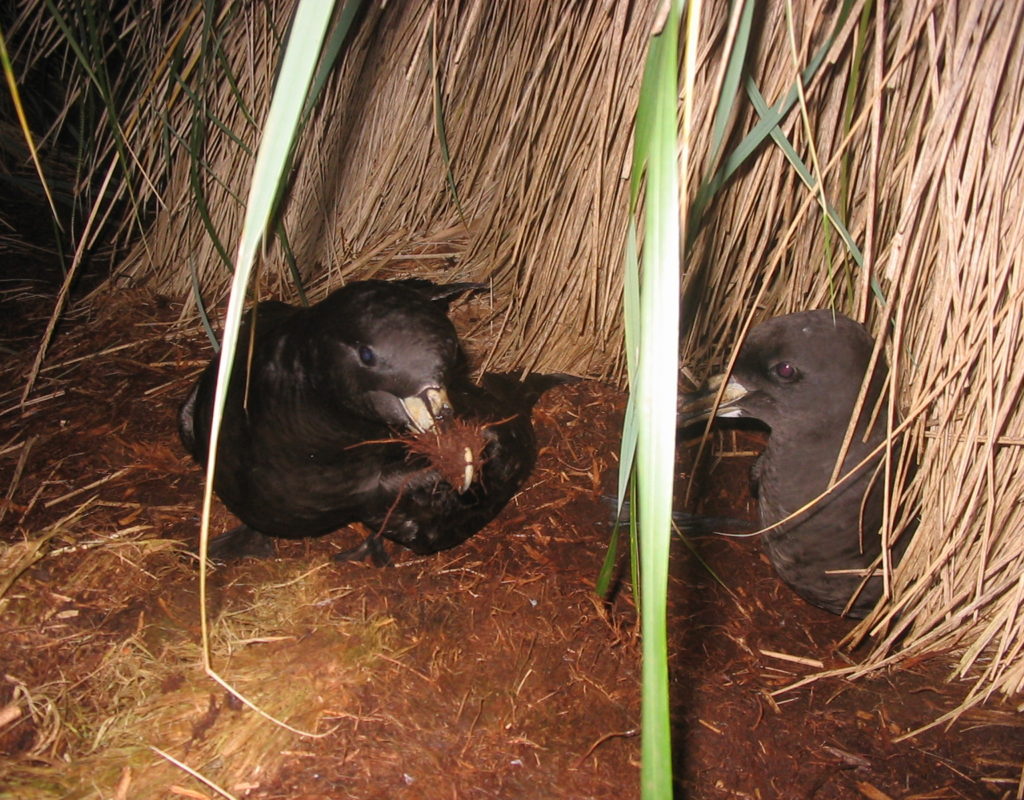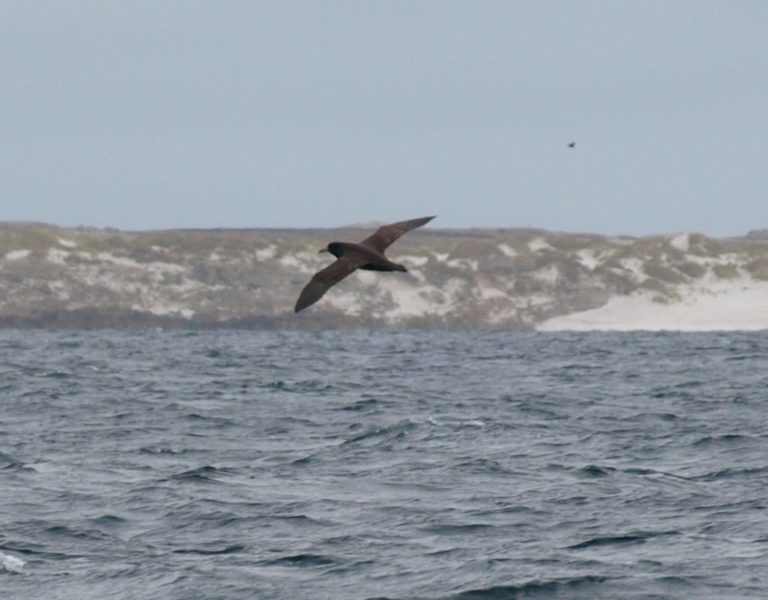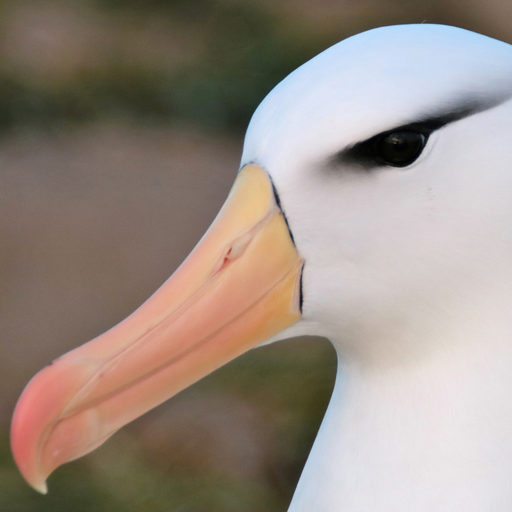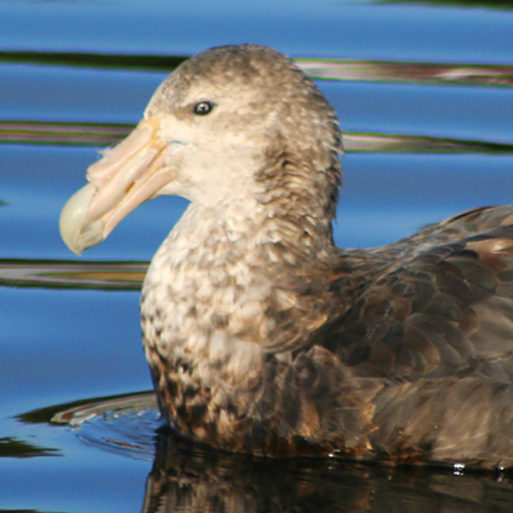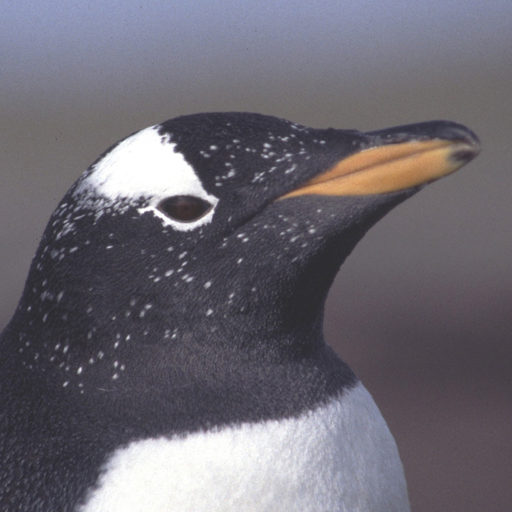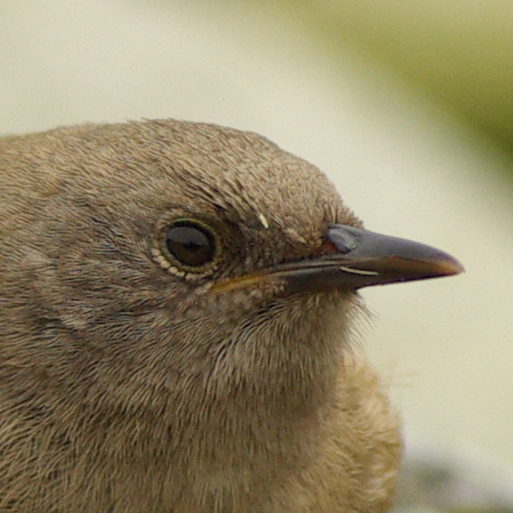This is quite a large black bird with a pale greenish bill and wingspan up to 147cm (58ins). In strong sunlight the plumage appears dark brown. Most birds have a white patch beneath the bill, but this is not easy to see in flight. The legs and feet are black.
Flight is powerful with deliberate, slow wing beats and frequent long glides. They are silent at sea but make ear-piercing calls during courtship said to resemble a steel hammer tapping a small anvil, hence the old sailors’ names of ‘Shoemaker’ and ‘Cobbler’.







